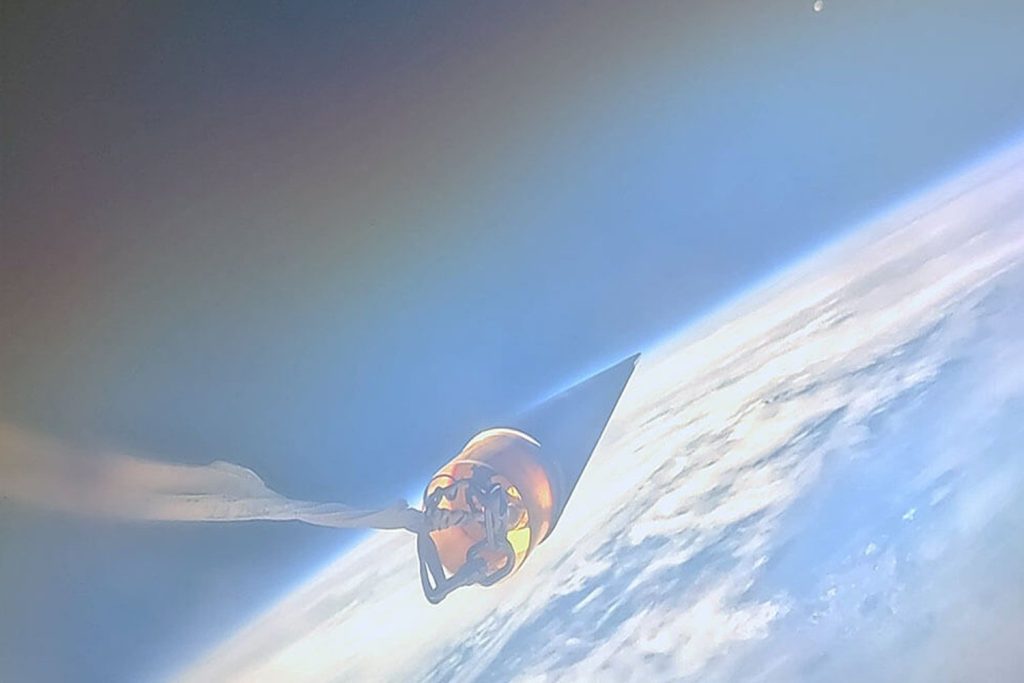A group of students broke the record for the highest altitude reached by an independently designed and built suborbital rocket, flying Aftershock II to 470,000 feet (143,256 meters) above Earth’s surface.
The University of Southern California’s student-run Rocket Propulsion Lab (USCRPL) designed and built Aftershock II, and launched the rocket from the Black Rock Desert launch site in Nevada on October 20. Aftershock II reached a velocity of 5,283 feet per second (1,610 meters per second) and Mach 5.5, and became the first non-government or private-company-owned rocket to reach this far into space.
The previous record-holder was a rocket designed and built by the Civilian Space Exploration Team, which launched in 2014 to reach an altitude of 380,000 feet (115,825 meters). The student-built Aftershock II beat that record by 90,000 feet (27,432 meters).
The students at USCRPL are no strangers to smashing world records. In 2019, the group became the first student organization to launch a rocket beyond the Karman Line, the boundary between Earth’s atmosphere and outer space that lies around 62 miles (100 kilometers) above the surface of the planet. PM
For context, the new rocket, Aftershock II, reached a maximum altitude of 89 miles (143.3 km).
“Since its founding 20 years ago, the USC Rocket Propulsion Laboratory has made a reality of the aspirations and vision for space of countless Viterbi undergraduate students across all engineering majors,” Yannis Yortsos, dean of the USC Viterbi School of Engineering, said in a statement. “It is thrilling to see how they have now shattered not only their previous global student record of reaching the Kármán line in 2019, but also the record of any amateur team in history. This extraordinary group of students shows how to imagine, what can be done in the lab, and how to make it a reality.”
To reach new heights, the students refined their initial design for the Traveler IV rocket. Standing at 13 feet tall (3.9 meters), Aftershock II was equipped with a new avionics unit and improved safety and data integration. The rocket also had a thermal protection system with new paint and titanium-coated fins to increase its endurance at hypersonic speeds. “To exceed the standard we set for ourselves with Traveler IV, we had to solve many technical and operational challenges,” Ryan Kraemer, executive engineer of USCRPL and an undergraduate student majoring in mechanical engineering, said in a statement. “Thermal protection at hypersonic speeds is a major challenge at the industry level, and the protective paint system that we developed performed perfectly, enabling the rocket to return largely intact.”
The group of students were not only determined to beat their own record, but to reach new heights that were yet to be achieved by an independent group before. “This is an exceptionally ambitious project not only for a student team, but for any non-professional group of rocket engineers,” Dan Erwin, chair of the USC Department of Astronautical Engineering, said in a statement.
As the private industry continues to ramp up its operations, it’s good to see an independent group of aspiring rocket engineers striving to reach new heights on their own.

